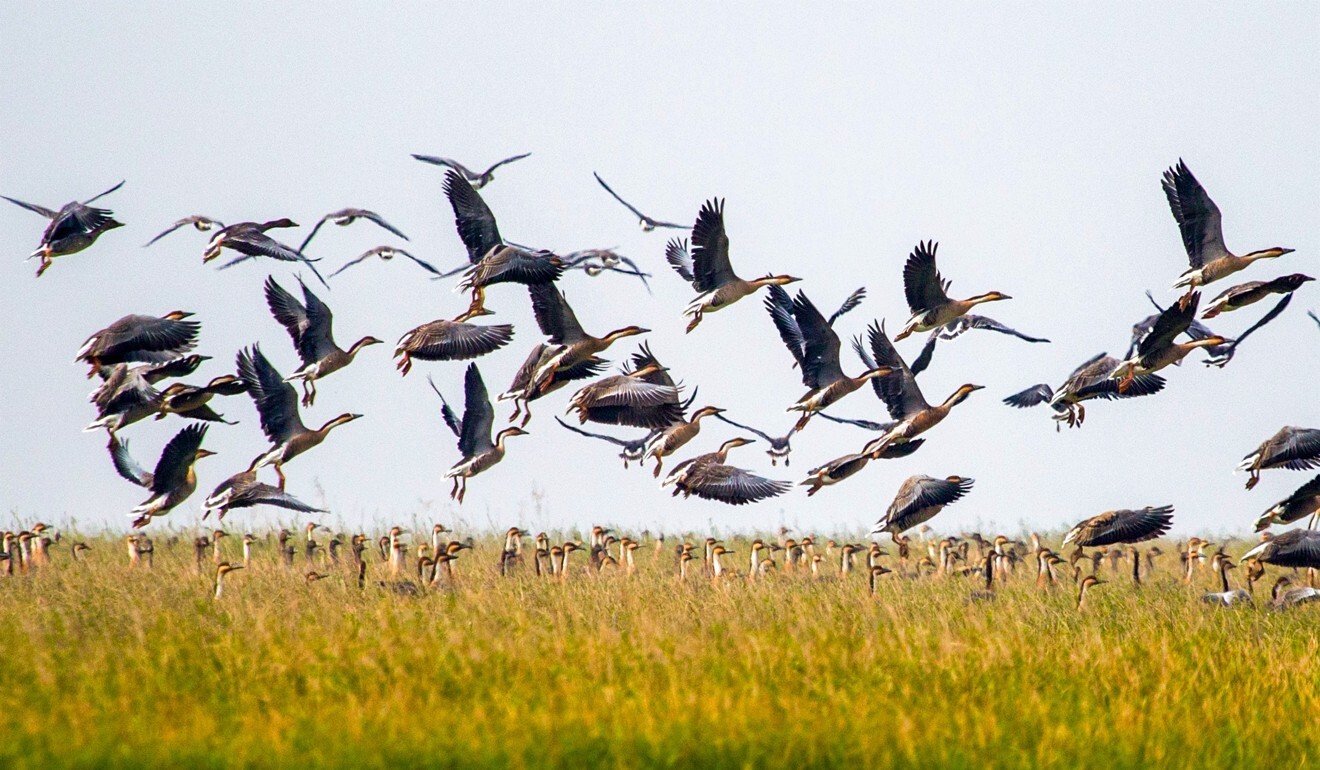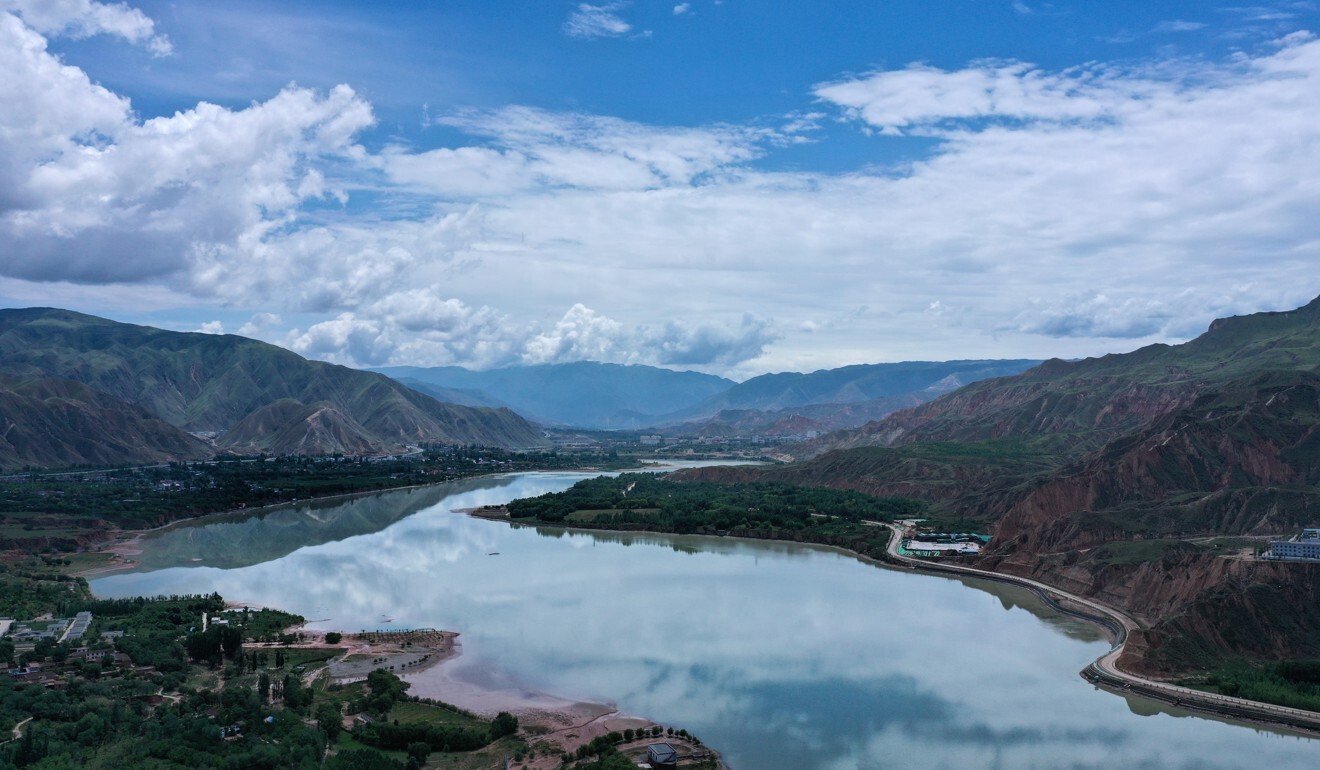
Could China take the lead in setting new worldwide conservation goals?
- President Xi Jinping is set to lay out his plans ahead of a UN summit in southwest China next year
- Countries have to set goals for the next decade, but previous targets have been missed and conservationists are waiting for governments to take the initiative
President Xi Jinping is set to outline China’s plans to protect biodiversity in a speech to a UN summit on Wednesday.
Next May, Kunming in southwest China will host a summit where the UN will try to agree a framework for protecting biodiversity for the next 10 years. The event was postponed from October because of the Covid-19 pandemic.
Nature is declining globally at unprecedented rates, but campaigners have criticised governments around the world for failing to act.
The last set of targets agreed have largely been missed, and conservationists are now waiting to see if China, as host of the summit, will try to take the lead.

The Living Planet Report 2020 published by the WWF in early September has shown wildlife populations declined by 68 per cent between 1970 and 2016.
The report, which tracks almost 21,000 wildlife populations around the world, found that the most important direct driver of biodiversity loss in the terrestrial system was human activities, such as the increased use of land for agriculture and overfishing.
The UN Convention on Biological Diversity (CBD) was first agreed upon in 1992 at the Earth Summit in Rio de Janeiro and since then the signatories have agreed a new set of conservation targets every decade.

However, according to a final report on the last set of 20 targets, agreed in Aichi, Japan, they failed to meet any of them in full and only six had been partially achieved, including the expansion of protected areas on land and sea.
“This flagship report underlines that ‘humanity stands at a crossroads with regard to the legacy we wish to leave to future generations’,” CBD executive secretary Elizabeth Maruma Mrema said after the report was published.
“The world has repeatedly set ambitious examples to halt and reverse the loss of biodiversity and failed repeatedly. There are many reasons for this,” said Guido Schmidt-Traub, executive director of the New York-based UN Sustainable Development Solutions Network.
Climate change: Xi Jinping makes bold pledge for China to be carbon neutral by 2060
“Conserving and restoring biodiversity is extremely complex, because many different drivers outside the purview of environment ministers drive biodiversity loss.”
These include agriculture, infrastructure, urbanisation, mining and industry, and climate change, he added.

There are several major issues on the table for Kunming and one proposed target is to protect at least 30 per cent of the world’s lands and oceans by 2030, an increase from the 17 per cent of terrestrial and 10 per cent of marine areas in the Aichi targets.
The CBD published the draft of the post-2020 global biodiversity framework in August, but both Li Shuo, a senior global policy adviser with Greenpeace East Asia, and Schmidt-Traub said there were questions about implementation.
“What’s really missing is clarity about how to achieve these targets and integrate biodiversity into climate and other national development strategies,” Schmidt-Traub said.
Climate change: Xi Jinping makes bold pledge for China to be carbon neutral by 2060
“They need to take two issues – implementation and finance – to a much higher level than they are doing now,” Li said.
The question has been left to China – the host of the convention in Kunming next year, and conservationists said it was an opportunity for the country to show some leadership.
“China needs to really deploy some diplomatic muscle to give the [Kunming] courses a better shape,” Li said.
“The world is looking at the presidency. The presidency is the driver who needs to be sure with the destination,” he added.

Campaigners say countries failed to meet the 2010 Aichi targets because there was no mechanism to implement them, let alone financial support.
“Aichi only did one thing which is to outline where we need to be in the next decade, but it did not answer how do we actually get there, which is the more important question,” Li said.
Li fears the Kunming conference would follow the same approach. “If you look at the preparatory meetings so far … no time was spent on implementation; no time was spent on financial support. We are risking ourselves falling into the same river twice,” he said.
Harvey Locke, the chairman of an International Union for Conservation of Nature task force, said senior political leadership was needed to inject a note of urgency into proceedings.
“The draft should be able to meet the following test affirmatively – will this lead us on the transformative path to a global eco-civilisation in time to head off biodiversity collapse, climate change, and avoid future pandemics? The draft is not there yet,” Locke said.

China can also play a constructive role by sharing its experience with other countries.
By the end of 2018, China had 1.728 million sq km (667,185 square miles) of protected areas, accounting for about 18 per cent of its land mass, according to China’s position paper for the UN Summit on Biodiversity published earlier this week.
It has also put in place a red line system for designating protected areas. About a quarter of the land should be covered by the red lines by the end of 2020, the report said.
“Yet, significant challenges remain, particularly in coastal and freshwater ecosystems,” Schmidt-Traub said.

